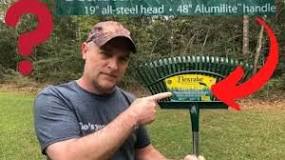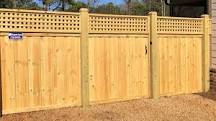So, is it better to leave leaves on the lawn over winter? The short answer is it depends, but generally, it’s often better to clear them away. Let’s dive into why that is and what factors you should consider.
The Pros of Leaving Leaves
Natural Insulation
One of the big upsides to leaving leaves on your lawn is that they can act as a natural insulator. They help protect the grass roots from harsh winter temperatures. If you live in an area with extreme cold, this could be a real benefit.
Habitat for Wildlife
Leaves provide a cozy habitat for various critters like insects and small mammals. They can serve as a food source and shelter during the winter months, which is pretty cool if you’re into supporting local wildlife.
Nutrient Recycling
As leaves break down, they release nutrients back into the soil. This process can enrich your lawn over time, making it healthier come spring. It’s kind of like nature’s way of composting!
The Cons of Leaving Leaves
Smothering Your Grass
On the flip side, if you leave a thick layer of leaves on your lawn, it can smother the grass underneath. This can lead to dead patches when spring rolls around. Nobody wants a brown lawn after all that winter prep!
Mold and Disease
Wet leaves can create a perfect environment for mold and diseases to thrive. If you’re not careful, you might end up with more problems than benefits when the snow melts.
Aesthetic Appeal
Let’s face it; a yard filled with leaves isn’t exactly the prettiest sight. If you care about curb appeal or just want a tidy yard, clearing those leaves might be the way to go.
What Should You Do?
If you decide to leave some leaves on your lawn, aim for a thin layer. This way, you get some insulation without risking damage to your grass. Alternatively, consider mulching them with a mower; this breaks them down faster and helps nourish your lawn while keeping it tidy.
Summary
In conclusion, whether to leave leaves on your lawn over winter really comes down to your specific situation. While there are benefits like insulation and nutrient recycling, there are also risks like smothering and disease. Weigh these pros and cons based on your lawn’s needs and your local climate.
FAQ
Can I just leave all my leaves on the lawn?
Leaving all your leaves isn’t usually a good idea. A thick layer can suffocate your grass and lead to mold issues. Aim for a thin layer if you want some benefits.
What if I mulch my leaves?
Mulching is a great option! It breaks down the leaves into smaller pieces that decompose faster and nourish your soil without creating a thick blanket that could harm your grass.
How do I know if my lawn is getting smothered?
If you notice brown patches or areas where the grass seems weak or dead come spring, it might be a sign that the leaves were too thick and caused smothering.
Is it okay to rake leaves in late fall?
Absolutely! Raking in late fall can help keep your lawn healthy by preventing leaf buildup and allowing sunlight to reach the grass throughout winter.







